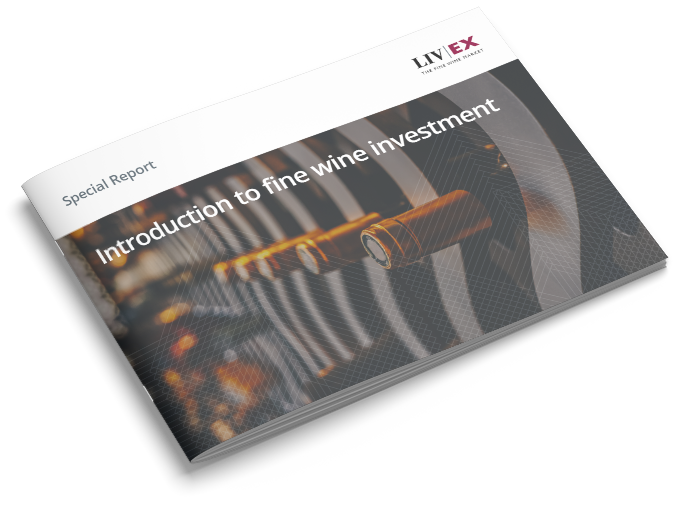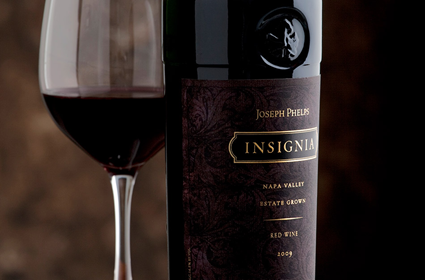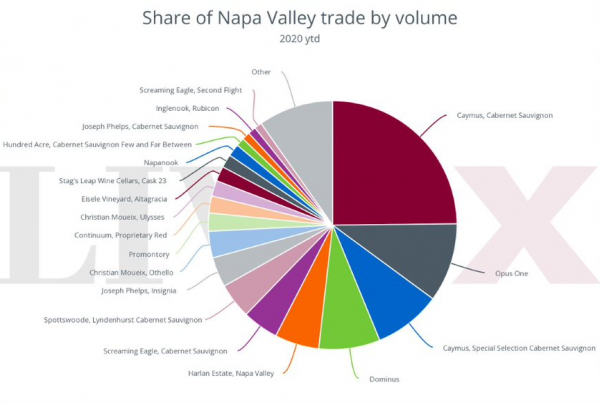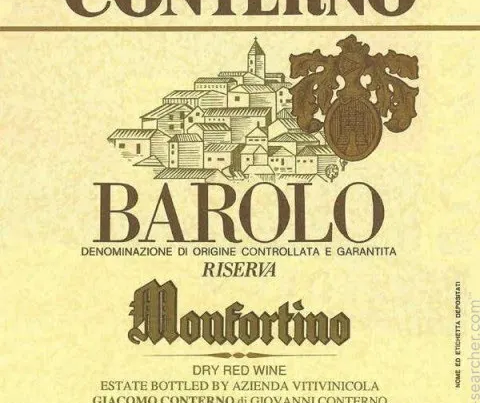Profile
Owner: Cuvelier Family
Classification: St.-Emilion Premier Grand Cru Classé B
Vineyard area:19 hectares
Average annual production: 5,000 cases of the Grand vin Clos Fourtet, 2,500 cases of the second wine Closerie de Fourtet
Colour: Red
Vineyards are planted with Merlot 85%, Cabernet Franc 5%, Cabernet Sauvignon 10%
Other wines: Closerie de Fourtet
History
Originating from a defensive fort in the Middle Ages, Clos Fourtet is one of St Emilion’s few walled vineyards, or clos. The chateau was built by the Rulleau family, over limestone quarries that have come to serve as cellars for barrels and bottles. Its military origins were denoted by its name, Camfourtet (loosely translating as Camp Fourtet), which was changed by the Rulleaus in 1868 to Clos Fourtet.
In 1919 the estate was purchased by the Ginestet family, but sold in 1949 to raise money for their purchase of Chateau Margaux. The Lurton family were the new proprietors, and they set about improving the wine by making several changes to its production. They reduced the quantity of Cabernet Sauvignon in the vineyard to make way for the more suitable Merlot, which fared better on the damp clay and limestone soils, and the chai was supplied with stainless steel fermentation tanks.
The Lurton family sold the estate in 2001 to Philippe Cuvelier, a businessman who had made his fortune in stationery prior to his involvement in the wine industry. Cuvelier made significant investments in the vineyard. Today he runs it with the help of estate manager Tony Ballu and winemaker Daniel Alard, both of whom stayed on after the change in ownership. The oenolgist Stéphane Derenoncourt is also there as consultant.
Clos Fourtet 2009
The 2009 vintage has been famously classed a 100 point ‘perfect’ wine. Currently trading on Liv-ex for less than £1,400 per 12x75cl case, it offers value for money against many of the other equally scored 2009s, such as Montrose and Ducru Beaucaillou, which are trading for £500 more, and Pavie and L’Evangile, which are trading for around £900 more.
The wine was well-received by critics across the board. Describing the wine as ‘luscious… open and beguiling,’ Jancis Robinson’s most recent score was 18.5. James Suckling was equally complimentary, awarding it 94: ‘Full bodied, with a beautiful velvety texture and a juicy and delicious finish.’
First of the 500
In our July Market Report we surveyed the performance of the Bordeaux 500 since the beginning of 2012, examining the percentage gains or losses they had made over that time period. Clos Fourtet was at the pinnacle of the list, showing an increase in value of more than 14%.
The survey was conducted before the changes to the Bordeaux 500 were made (which saw the 1999s make way for the 2009s) and therefore the wines featured were from 1999-2008. Achieving the top position without the aid of its perfect vintage suggests that the 2009 has added gravitas to Clos Fourtet’s earlier wines.
The chart below shows the change in value since the start of the year for each of the estate’s last twelve vintages. This may be a difficult period for Bordeaux, but it is striking to note that none but the 2010 – the fourth most expensive wine on the chart, and yet the most recent vintage – has experienced a loss year to date. The 2000 has risen by 67%, while the 2009 has more than doubled in value, increasing by an impressive 144%.







